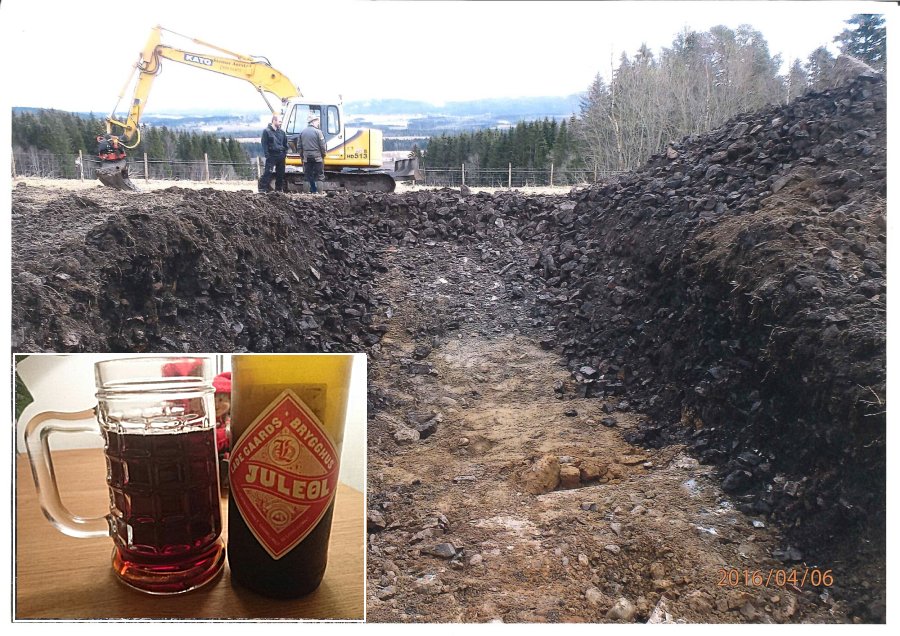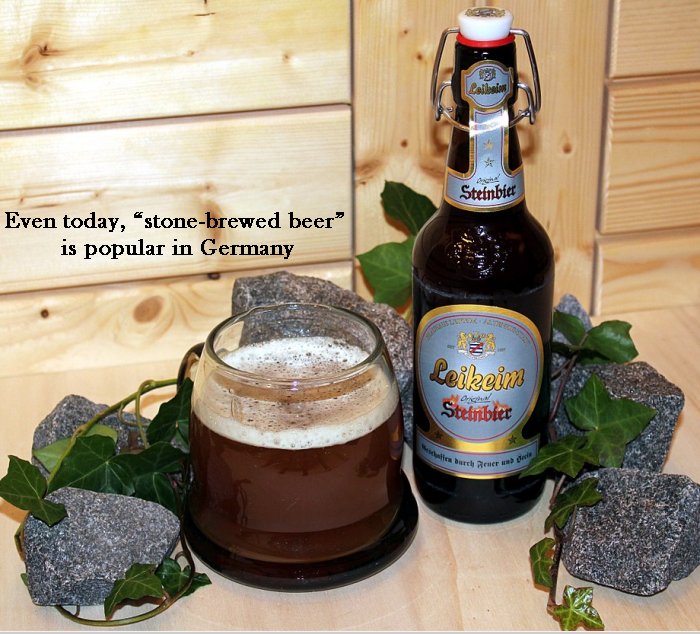Vikings Brewed Beer With Heated Stones – Old Tradition Popular In Germany, Finland And Baltic States
AncientPages.com - Stones exposed to strong heat, are often found on old farms and they originate from the Viking Age and even earlier.
Long ago, Vikings and their descendants brewed beer by tossing hot rocks into wooden kettles.

From an excavation at Hofstad on Hitra, where archaeologists found a thick layer of brew stones. Photo: Geir Grønnesby, NTNU Science Museum.
Brewing with heated stones has also been reported from England, Finland and the Baltic States. It’s a tradition that continues in Germany, where it’s possible even today to buy “stone-brewed beer”.
“Most of the archaeological information we have about the Viking Age comes from graves, and most of the archaeological information about the Middle Ages comes from excavations in cities,” Geir Grønnesby, researcher at the Department of Archeology and Cultural History at NTNU Science Museum.
That’s a problem because “most people lived in the countryside.”

The archaeologist Geir Grønnesby has a bucket of brew sticks used to make beer. Photo: Nancy Bazilchuk, NTNU.
Digging on Norwegian old farms, revealed heated, fire-cracked stones dated to 600 AD.
One of the earliest who wrote about them was the groundbreaking sociologist Eilert Sundt, who registered a meeting in a farm Hedmark in 1851. Sundt wrote that he saw a farmer near a bunch of strange little stones. In fact, Sundt visited many farms and found piles of burned or cracked stones. Every time he asked, the answer was the same: they were from brewing.

Nowadays, the stones are heated in iron baskets.In ancient times, the heated stones were lifted a few times out of the fire.
The rocks were heated until they were "glowing heat" and then put in a tub made of wood to heat the contents.
The tradition of brewing beer with heated stones is very old. It was widespread among the Vikings (and even earlier before Viking Age).
“Beer drinking was an important part of social and religious institutions,” Grønnesby explained.
From 900 to 1300 AD, the Gulating, a Norwegian parliamentary assembly regulated even the smallest details of beer brewing and drinking at that time.
The Gulating’s laws required three farmers to work together to brew beer, which then had to be blessed. An individual who failed to brew beer for three consecutive years had to give half his farm to the bishop and the other half to the King and then leave the country. Only very small farms were exempt from this strict regulation.
What’s equally interesting is when brewing stones disappear from cultural layers — at about 1500, right around the time of the Reformation.
“It could just be a strange coincidence,” Grønnesby said. “It could be religion. Or it could be that iron vessels were more widely available by then.”
Original story - here.
AncientPages.com





















